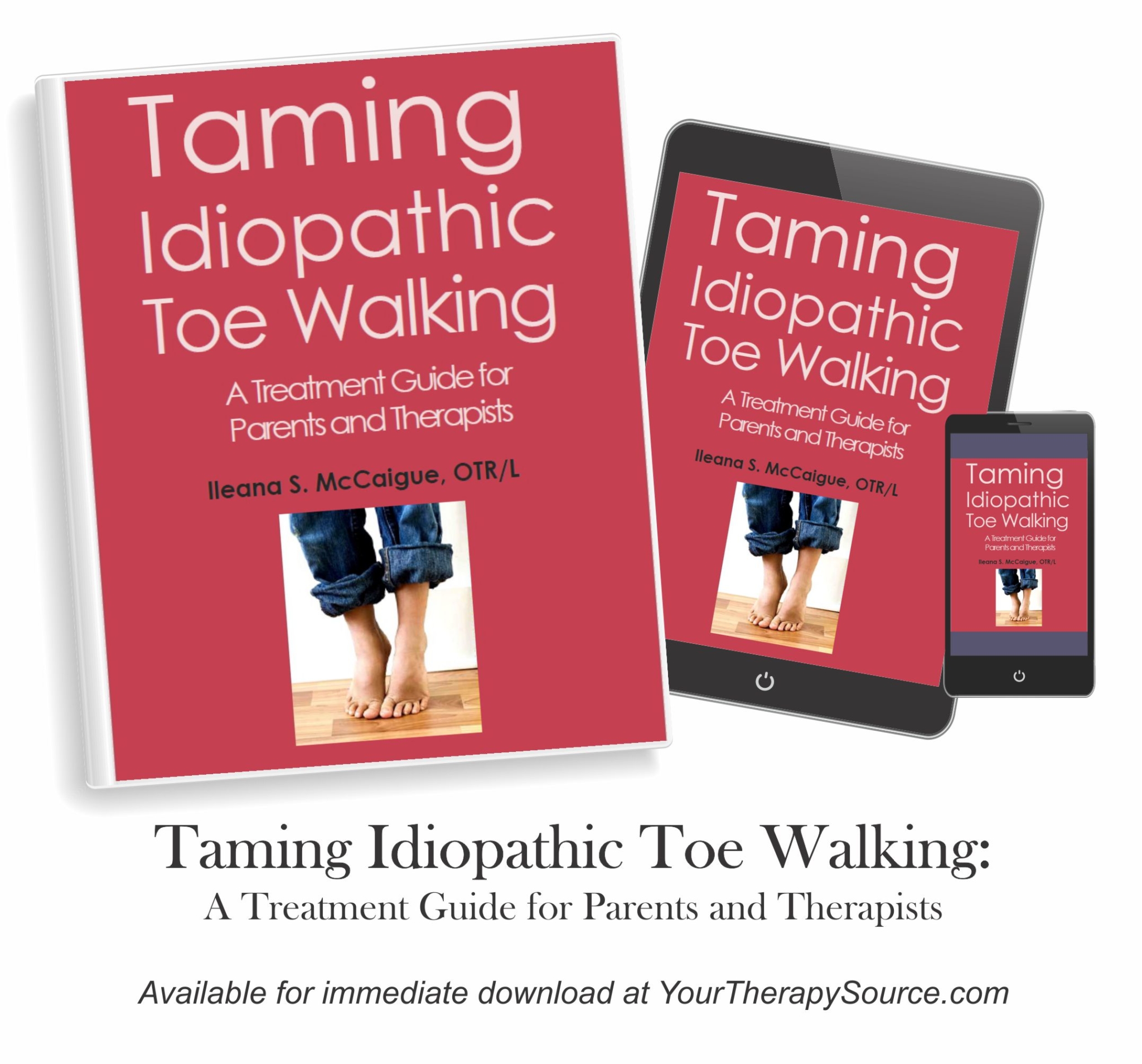Toe Walking and Autism
The Journal of Child Neurology published research on a review of records of 934 children with a history of tight heel cords and toe walking. Toe walking (20.1%) and tight heel cords (12%) were present more often in the 324 children with autism but lower in 30 children with Asperger Syndrome (10% with toe walking […]

